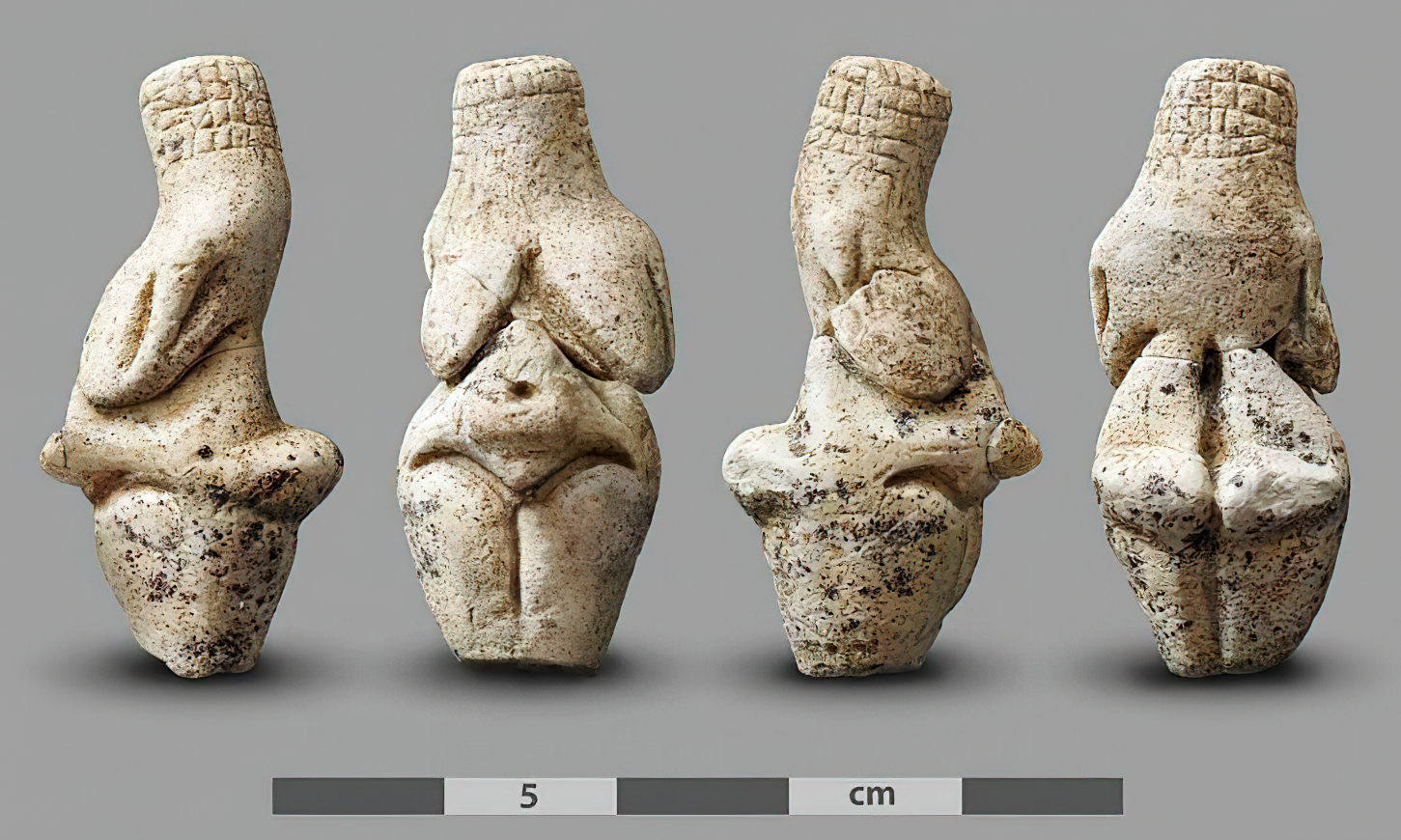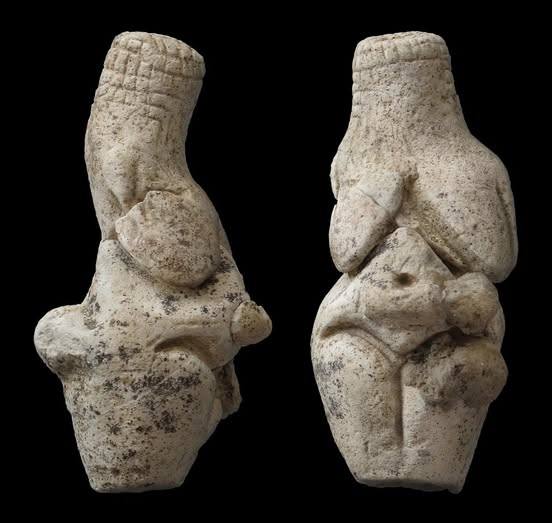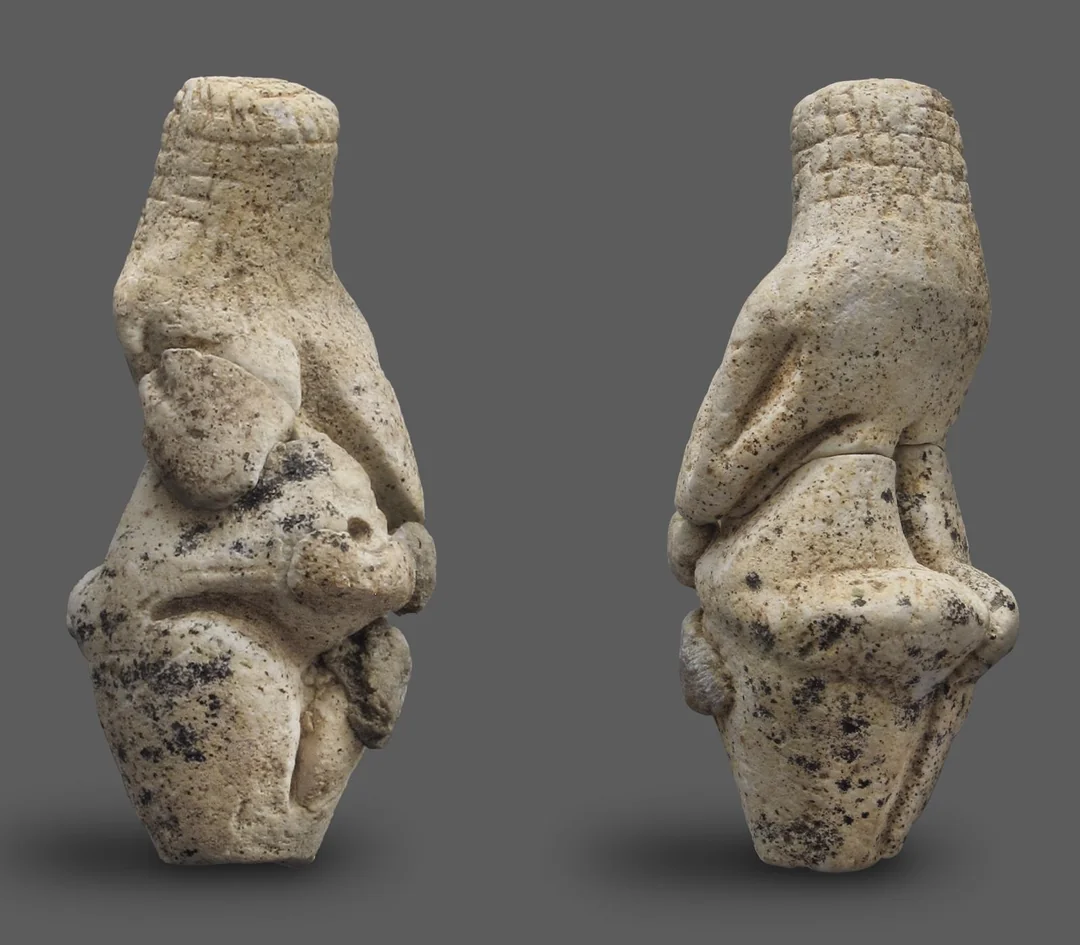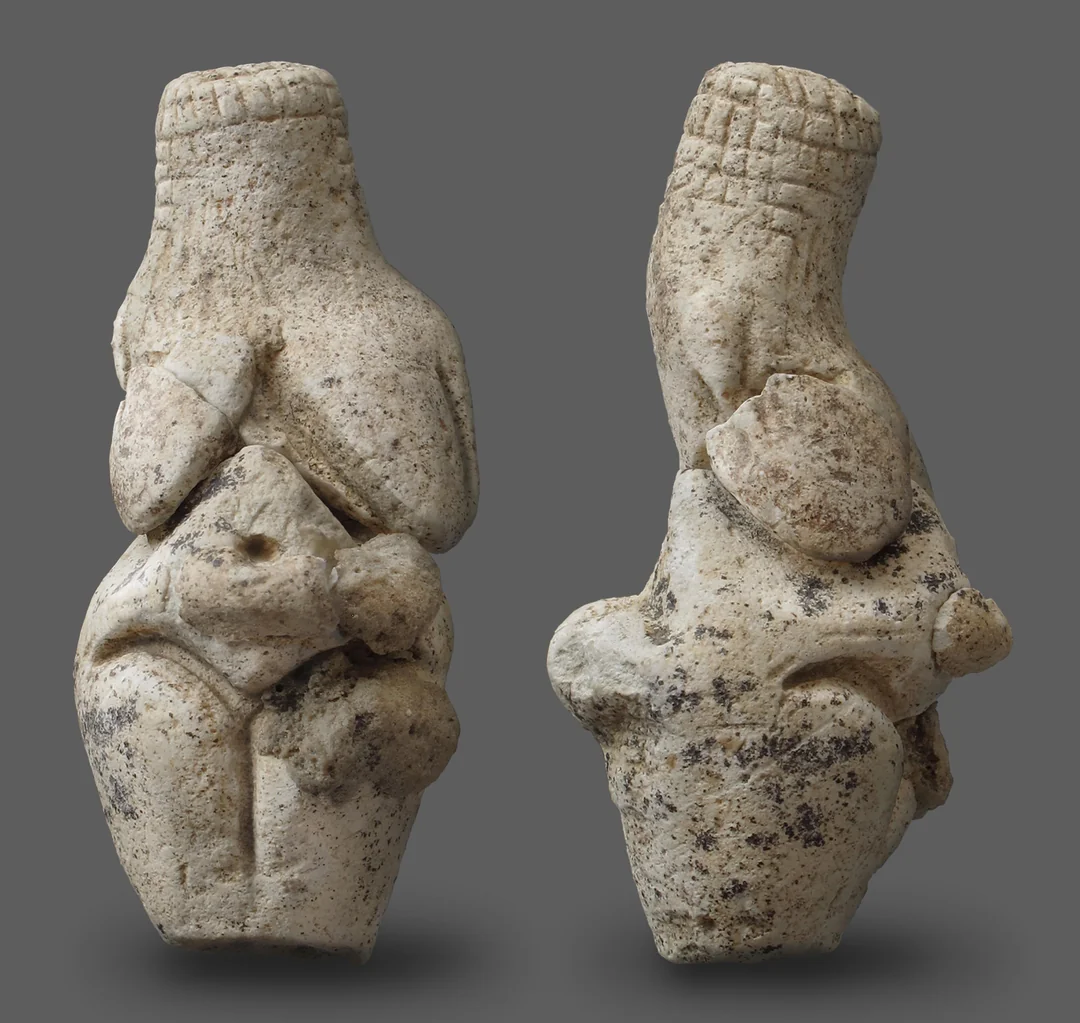Venus of Renancourt II

Early Upper Paleolithic, Gravettian Culture (c. 23,000 BP)
Discovered in 2019 at Renancourt, near Amiens in northern France, this small limestone/chalk figurine—known as the “Venus of Renancourt II”—is a remarkable example of Gravettian art.

The Venus of Renancourt II is a prehistoric figurine discovered in Amiens, northern France, dating to around 23,000 years ago during the Gravettian period of the Upper Paleolithic.

Carved from chalk, the statuette measures about 4 centimeters tall and depicts a voluptuous female figure with exaggerated features such as wide hips, large breasts, and a pronounced abdomen—symbols often associated with fertility and femininity.

Like other “Venus” figurines found across Europe, it reflects the artistic and spiritual expression of early hunter-gatherer societies. The Venus of Renancourt II provides valuable insight into prehistoric art, the representation of the human body, and the cultural life of early modern humans in Ice Age Europe.











